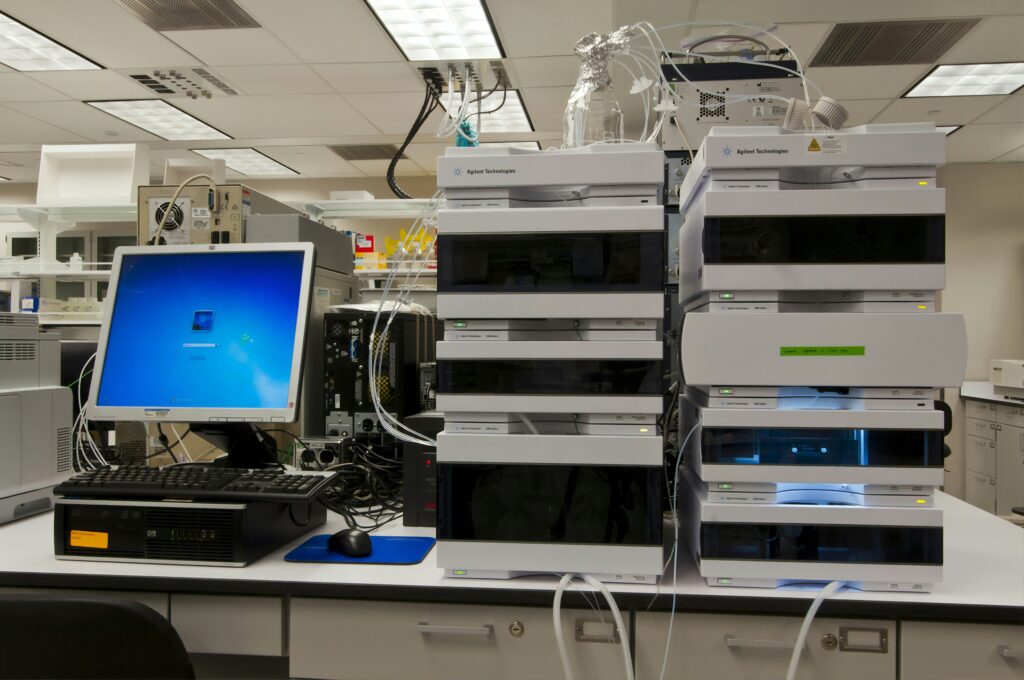
Researchers have made a significant breakthrough in the field of xenotransplantation by identifying and overcoming immune reactions that have historically led to the rejection of animal kidneys transplanted into humans. This advancement could potentially address the critical shortage of available organs for transplant.
According to the U.S. Centers for Disease Control and Prevention, over 800,000 Americans suffer from late-stage kidney disease, yet only 3% receive a transplant each year. To increase the supply of organs, scientists are investigating the use of genetically modified pig kidneys. These modifications aim to prevent the human immune system from attacking the foreign organ. However, immune reactions in recipients have continued to cause organ damage and failure post-surgery.
Understanding Immune Reactions
A study led by researchers at NYU Langone Health has provided new insights into the immune mechanisms behind xenotransplant rejection. The team transplanted a genetically engineered pig kidney into a brain-dead recipient, whose family donated his body to science. For 61 days, researchers collected samples of tissue, blood, and body fluid, offering a unique opportunity to observe the immune interactions that occur when a pig organ is transplanted into a human.
The study, published in the journal Nature, mapped the immune activity in both human and pig kidneys. It identified that rejection was driven by antibodies and T cells, which are immune proteins that target and destroy foreign substances. By understanding these reactions, researchers successfully reversed the rejection using FDA-approved drugs that mitigate both antibody and T cell activity.
“Our results better prepare us for anticipating and addressing harmful immune reactions during pig-organ transplantation in living humans,” said Dr. Robert Montgomery, lead author and Professor of Surgery at NYU Grossman School of Medicine.
Implications for Future Transplants
The findings confirmed that a pig kidney could effectively replace a human kidney, according to Dr. Montgomery, who also chairs the Department of Surgery and directs the NYU Langone Transplant Institute. The second report in Nature delves deeper into the immune activity, using a multi-omics analysis to understand the complex mechanisms at play.
This analysis measured approximately 5,100 expressed human and pig genes in the transplanted organ, tracking immune behavior over two months. The study identified three major immune responses: on postoperative day 21, driven by the innate immune system; on day 33, by macrophages; and on day 45, by T cells. Researchers were able to detect these attacks up to five days before they became clinically visible.
“Our multi-omics analysis uncovers various biomarkers that show promise as an early-warning system for pig organ rejection,” said Dr. Eloi Schmauch, co-lead author from the Keating Lab at NYU Grossman School of Medicine.
Next Steps and Future Research
Dr. Brendan Keating, senior author, emphasized that the specific immune reactions identified provide clear targets for therapies to improve xenotransplantation success. The team plans to investigate the molecules targeted by the immune response using DNA, RNA, and protein data.
Further studies involving other human decedents and live patients are necessary to confirm these findings. The gene-edited pig organ was provided by Revivicor, and the research was funded by several grants, including those from the National Institutes of Health.
Dr. Montgomery and his colleagues maintain various professional relationships with organizations and companies involved in transplantation and biotechnology, managed according to NYU Langone Health policies.
The research team included experts from NYU Langone Health, Columbia University, University Paris Cite, and other institutions, highlighting the collaborative nature of this groundbreaking study.
NYU Langone Health, known for its high standards and comprehensive medical services, continues to lead in medical research and patient care, as evidenced by its top rankings and innovative research initiatives.







